Collaborate with your Specials Team
Hi friends! Have you collaborated with your specials team lately? Our guest blogger Laura Trapp explains how to make a specialists project amazing! Here’s what she says…
Collaboration has been a key component of school librarianship as long as I’ve been in the profession. In fact, “Collaborate” is one of the shared foundations in our new national school library standards. I’ve always thought of collaboration as working with classroom teachers on instructional units. But now that I’ve collaborated with my fellow “specialist” teachers and have seen the impact it’s made on my entire school, I’m looking at collaboration in a whole new way!
I’ve always felt a special kinship with the music and physical education teachers in my building because we are all considered “specialists” and our classes are considered “specials.” We often go to one another for advice in working with students and can relate to the unique challenges that accompany our role within the school. When we decided to collaborate together around a theme, we were propelled into another level of camaraderie and teamwork, opening possibilities for student learning that we hadn’t imagined before.
Why should you consider school wide collaboration projects?
- It builds excitement around a topic or theme.
- It builds unity and a strong sense of community.
- Teachers can reinforce the theme in their own classrooms.
- Students are excited to talk with their families about their learning experiences, which can extend the learning into the home.
- Students see their teachers cooperating together to make learning fun!
School Wide Collaboration Ideas
I’d like to share the school wide units we’ve used at my school so you can consider bringing a unifying theme to life in your own school community.
Irish Culture
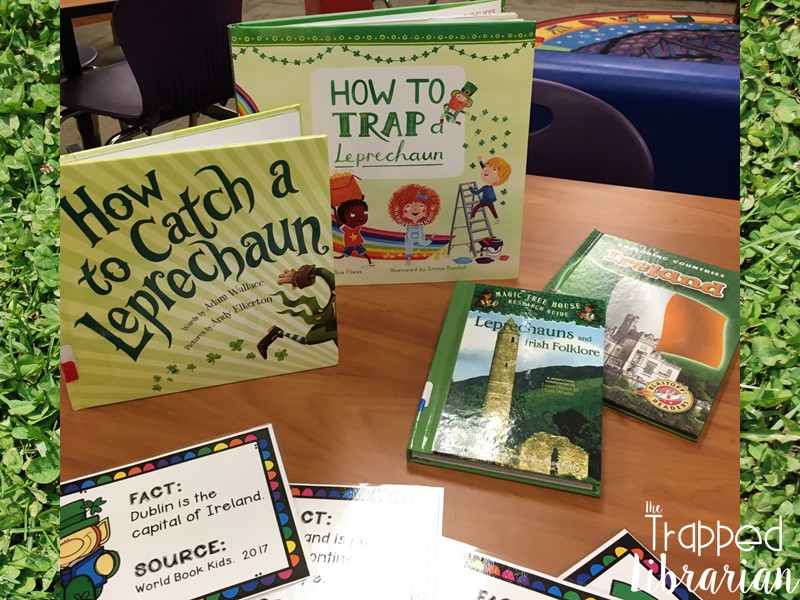
The first time I was invited to work with my music and physical education colleagues, they were already collaborating on an Irish Dance unit right before St. Patrick’s Day. They invited me to join them and contribute something from my curriculum to add to the mix of Irish music and dancing they had planned.
Our main plan was to meet in the gym together each day, which meant that we had 3 classes in the gym at one time. Each of us took 10 minutes of class time to lead an activity. We did Irish dancing, parachute skills, and library skills each day. For my part, I sprinkled in research and citation skills, map skills, fiction and nonfiction literature, the Gaelic language, and ended the week with a fun trivia game! You can read all of the details of that first collaboration on my blog.
Native American Culture
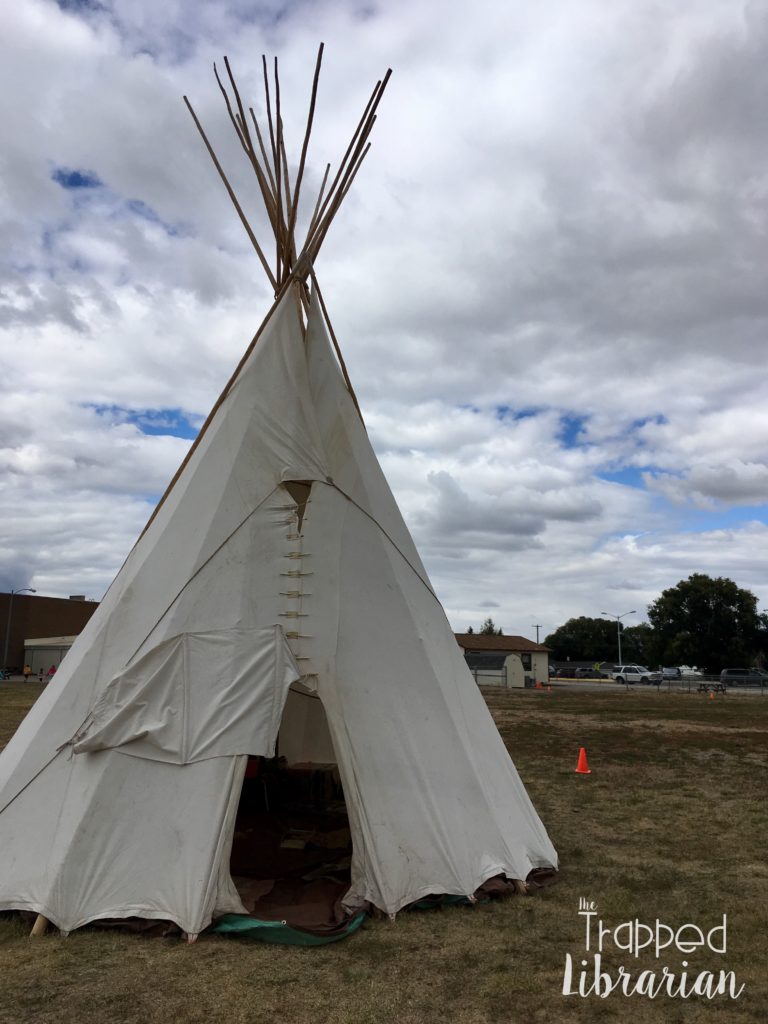
Our next unit was in conjunction with Montana’s Native American Heritage Week. Again, we met with 3 classes at once in the gym, but this time we mixed them up and split up for 10 minute sessions.
In the gym, students learned Native American games, in the music room, they experienced both traditional and contemporary Native American music, and we had our library sessions in a tipi on the playground (You can read all about that on my blog! ) We learned about the tribes, reservations, and flags of the Native American groups in Montana, facts about tipis, Native American folk tales and legends, and Native American regalia.
Winter Olympics
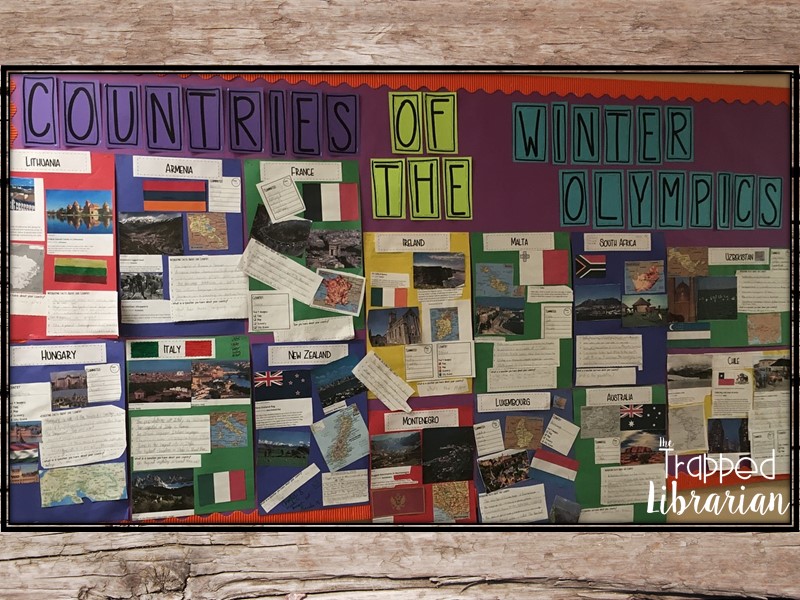
In January of 2018, we tried a new format as we collaborated to help our students learn about different countries and sports during the Winter Olympics. This time, students attended their regular music, physical education, and library classes.
The physical education teacher divided each class into teams that represented one of the countries participating in the Winter Olympics. Students competed in events that simulated Olympic events. In music, students remained on their teams and listened to the national anthems and some traditional music from their countries. In the library, students cooperated on their teams to do some country research and created posters that were displayed in the hallways.
Harry Potter Week
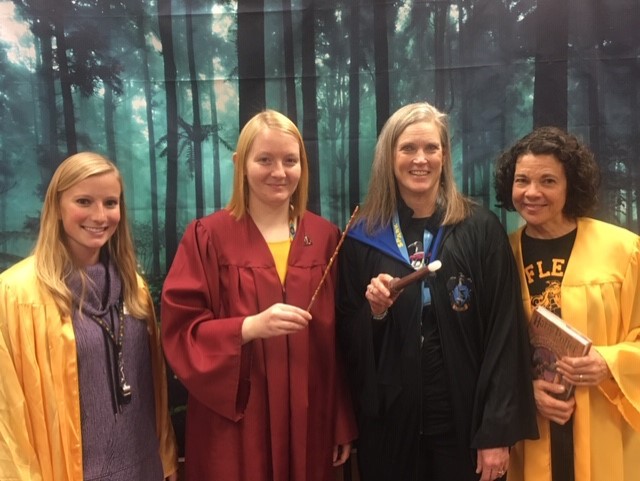
A couple of weeks before Halloween, we tried our latest collaboration. In physical education classes, students were assigned houses, learned to play Quidditch, and had “broomstick races.” In music classes, students chanted rhythms, learned to waltz, and learned an original song composed by our talented music teacher.
In the library, we transformed our space into “Hogwarts,” with hanging candles, a giant sorting hat, house signs, Platform 9 3/4 and more! Since our library is in the center of 10 classrooms, this transformation created a lot of excitement beginning Monday morning! In library classes, 3rd – 5th graders completed a STEM challenge involving a golden snitch, and K-2 students tried invisible ink writing. I read a short summary of The Sorcerer’s Stone to the K-2 classes, since many of them haven’t had the chance to read the books or watch the movies.
You can do it!
I’ve been so amazed at the unity and enthusiasm shown for our collaborative units! I wholeheartedly recommend that you try it – your own way – in your school! Some things to remember:
- Keep it simple, but pick out a concept you want to get across during the unit.
- Think outside the box and you will see some unexpected bonuses!
- Communicate your plan with your whole staff. You will find lots of classroom teachers and support staff who want to share in the fun.
I hope you’ll consider trying a specialist collaboration! If you do, let me know how it goes!
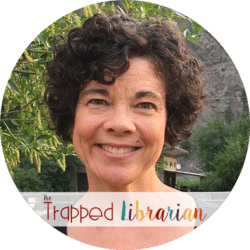
Laura Trapp has been an elementary educator for over 30 years, and a school librarian since 2005. She lives in Montana, where she love spending time outdoors hiking, kayaking, and skiing.
Blog: http://trappedlibrarian.org/
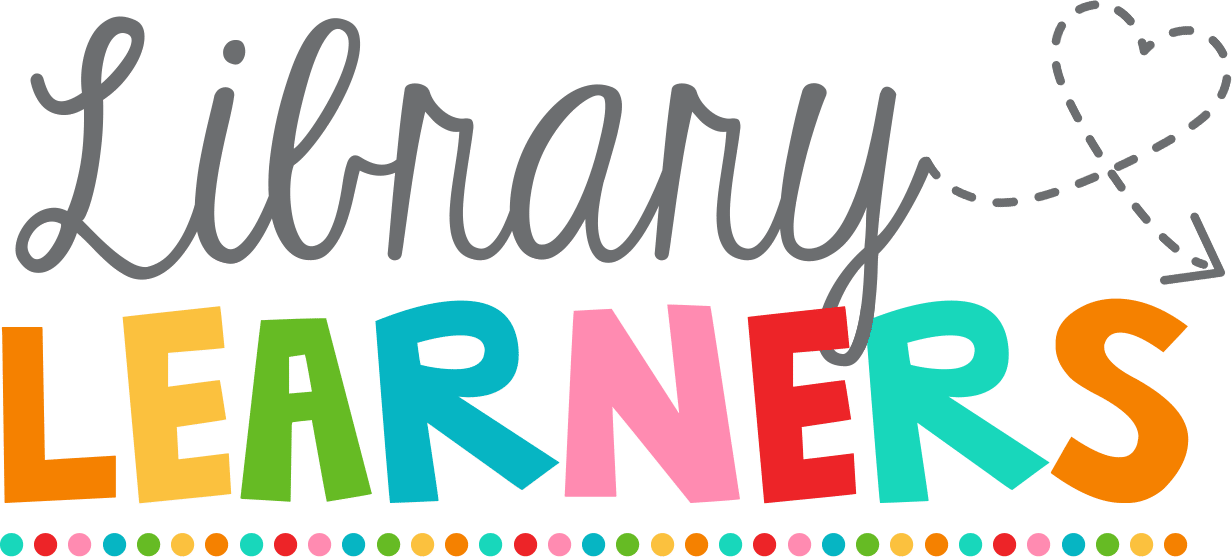


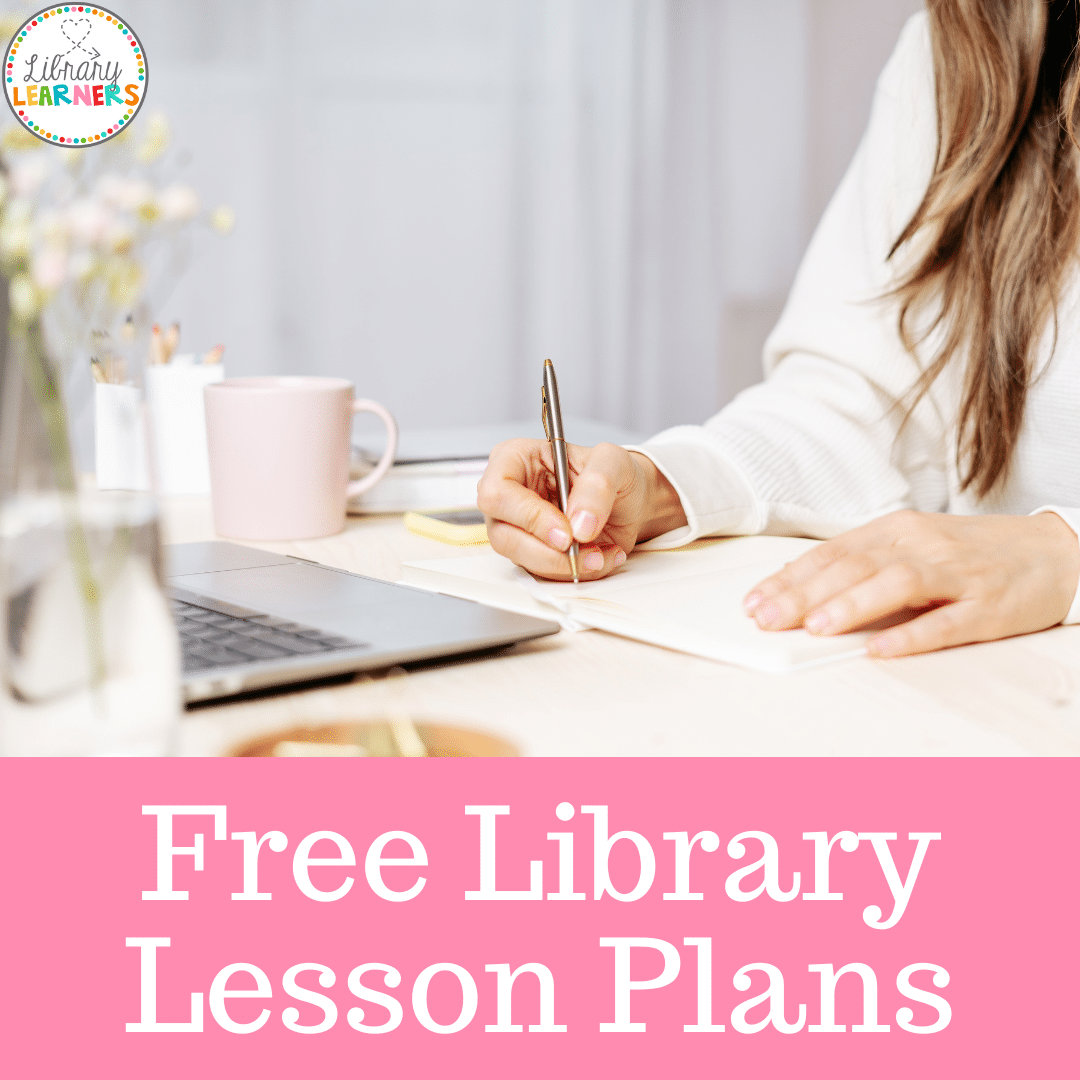
Within the collaboration piece, how would you handle three classes together at once with:
*discipline concerns
*large single classes to being with, putting three together could amount to 90 students – safety concern if there was a ‘lock-down,’ or fire drill
*smaller classes enable students more individualism. Larger class, quiet students tend to get lost
*curriculum benchmarks specific to individual subject areas
*article did include the amount of time students receive specials weekly: 60 minutes per week is justifiable with combining classes, however, 20 minutes a week is not
*there are four special subject areas” PE, Library, Art and Music. Combining all four class = over 100 students at once is not safe
*how would you handle grading and data collecting?
Thank you!